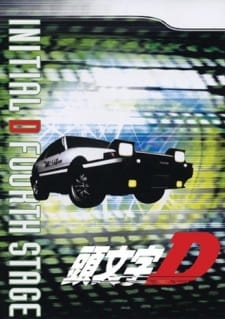
Initial D Fourth Stage
Summary: Takumi Fujiwara finally joins Ryousuke and Keisuke Takahashi to create "Project D." Their goal is twofold: Ryousuke wants to develop his "High-Speed Street Racing Theory," while Keisuke and Takumi aim at improving their driving skills by facing powerful opponents on dangerous roads. The idea of Project D is to challenge street racing teams from other prefectures to improve both their uphill and downhill records. In order to attract the attention of the best racing teams, Ryousuke creates a dedicated website to announce the future battles of Project D and post the team's results.
The fourth season of Initial D details the hardships and successes of the members of Project D as they try to become the best street racing team outside of Gunma Prefecture.
[Written by MAL Rewrite]
Description
Takumi Fujiwara finally joins Ryousuke and Keisuke Takahashi to create "Project D." Their goal is twofold: Ryousuke wants to develop his "High-Speed Street Racing Theory," while Keisuke and Takumi aim at improving their driving skills by facing powerful opponents on dangerous roads. The idea of Project D is to challenge street racing teams from other prefectures to improve both their uphill and downhill records. In order to attract the attention of the best racing teams, Ryousuke creates a dedicated website to announce the future battles of Project D and post the team's results.
The fourth season of Initial D details the hardships and successes of the members of Project D as they try to become the best street racing team outside of Gunma Prefecture.
[Written by MAL Rewrite]
Available At
Warning: Array to string conversion in /home/hianime.me.uk/public_html/anime.php on line 243
Array
Warning: Array to string conversion in /home/hianime.me.uk/public_html/anime.php on line 243
Array
Initial D Fourth Stage Pictures
Initial D Fourth Stage Review
Initial D Fourth Stage — Takumi Fujiwara finally joins Ryousuke and Keisuke Takahashi to create "Project D." Their goal is twofold: Ryousuke wants to develop his "High-Speed Street Racing Theory," while Keisuke and Takumi aim at improving their driving skills by facing powerful opponents on dangerous roads. This overview is intentionally spoiler-free and focuses on tone and intent rather than plot specifics.
Thematically, It sits firmly within Action, Drama conventions as a TV work and has garnered attention (MAL score: 8.17). This work explores character dynamics, tonal shifts, and the interplay between narrative ambition and execution. The story's pacing and tonal choices are crafted to complement the central ideas, often emphasizing atmosphere and emotional truth over explicit exposition. The show's ability to evoke a consistent mood — whether melancholic, exuberant, or contemplative — is a recurring strength, and the scenes are constructed so viewers can infer stakes without needing explicit spoilers.
Characterization is a core pillar here. Protagonists and supporting figures are written with distinct motivations and narrative roles; even when archetypal, the series invests in small behavioral details that make choices feel earned. Character arcs are handled with an eye for gradualism: development often arrives through incremental beats rather than abrupt, expository shifts. The interactions between characters create texture, and relationships are used to illuminate both personal flaws and larger thematic concerns.
On the visual front, production values play a significant role. The animation quality varies by sequence but frequently showcases thoughtful direction and composition. Background art, framing, and color palettes are used deliberately to support tone — quieter scenes favor muted palettes while action or heightened emotional beats employ brighter, more kinetic visuals. Direction choices, such as camera movement and shot selection, often elevate scenes beyond their raw script, creating moments that linger in the viewer's mind.
The soundscape — score, incidental music, and sound design — complements the visual language. Music cues are placed to maximize emotional resonance without manipulating the audience with melodrama; this restraint often leads to more authentic emotional payoff. Sound design punctuates key moments, and when the series leans on silence, those quieter moments are given weight by measured audio choices.
Pacing and structure are handled with craft. Episodes are arranged to build tension and release methodically, and the narrative rarely rushes through important emotional beats. That said, the deliberate pacing may feel slow to viewers who prefer faster plot turnover; the reward is greater nuance and an accumulation of meaning across the series. Accessibility is generally good — one can appreciate surface-level pleasures, while repeat or attentive viewing reveals additional layers.
No title is without flaws. Occasional unevenness in subplots or variable animation across episodes can be distracting. Some tonal shifts might feel abrupt if you expect uniformity; others will argue that those shifts are purposeful. These are worth noting, but they seldom undercut the larger achievements of the work.
In sum, Initial D Fourth Stage offers a rich experience for viewers who value character-driven storytelling, considered visual design, and a soundtrack that supports rather than overwhelms. For fans of Action, Drama, this is an especially rewarding watch. It's recommended for those who appreciate layered narratives and artistry in animation, and best approached with patience and attention to nuance.
Characters & Voice Actors
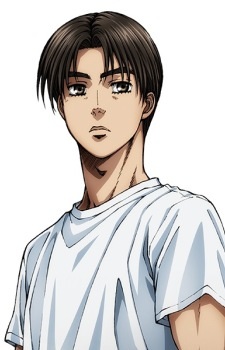
Fujiwara, Takumi
Main

Fujiwara, Takumi
Main

Fujiwara, Takumi
Main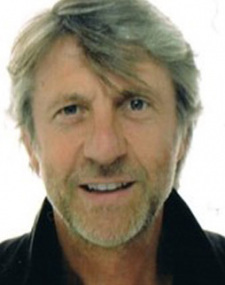
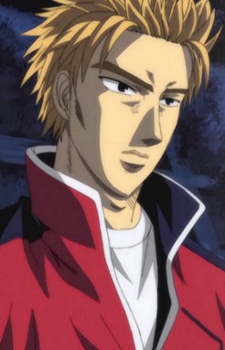
Takahashi, Keisuke
Main

Takahashi, Keisuke
Main

Takahashi, Keisuke
Main

Takahashi, Keisuke
Main
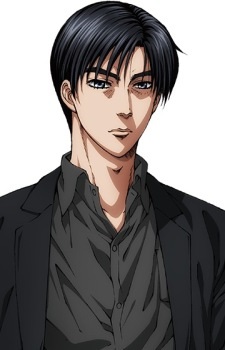
Takahashi, Ryousuke
Main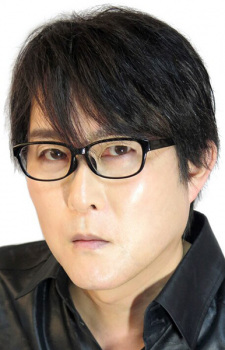

Takahashi, Ryousuke
Main

Takahashi, Ryousuke
Main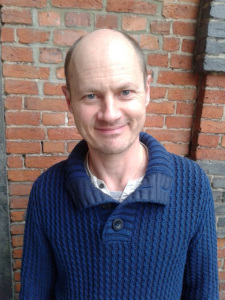

Takahashi, Ryousuke
Main

Akiyama, Nobuhiko
Supporting

Akiyama, Nobuhiko
Supporting

Akiyama, Nobuhiko
Supporting

Akiyama, Kazumi
Supporting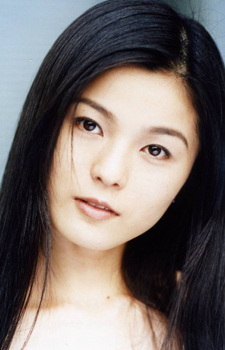

Akiyama, Kazumi
Supporting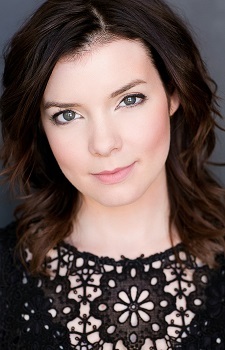
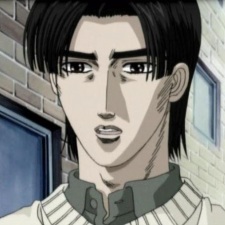
Akiyama, Wataru
Supporting

Akiyama, Wataru
Supporting

Akiyama, Wataru
Supporting

Akiyama, Wataru
Supporting
Staff

Abe, Shoujirou
Producer

Cook, Justin
Producer

Tominaga, Tsuneo
Director

Mima, Masafumi
Sound Director

Ejima, Yasuo
Episode Director

Kimura, Hiroshi
Episode Director, Storyboard

Miyake, Yuuichirou
Episode Director, Animation Director

Nakagawa, Satoshi
Episode Director

Shimizu, Akira
Episode Director
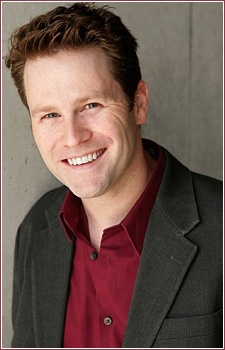
Vale, Eric
Script

Kakudou, Hiroyuki
Storyboard

m.o.v.e
Theme Song Performance

Banno, Masayoshi
Art Director

Egami, Natsuki
Animation Director

Fukunaga, Gen
Executive Producer

Hagio, Keita
Key Animation

Iriomote, Michiyo
Color Design

Ishida, Kenji
Key Animation

Kagawa, Hisashi
Animation Director

Kamogawa, Takahiro
2nd Key Animation, Key Animation